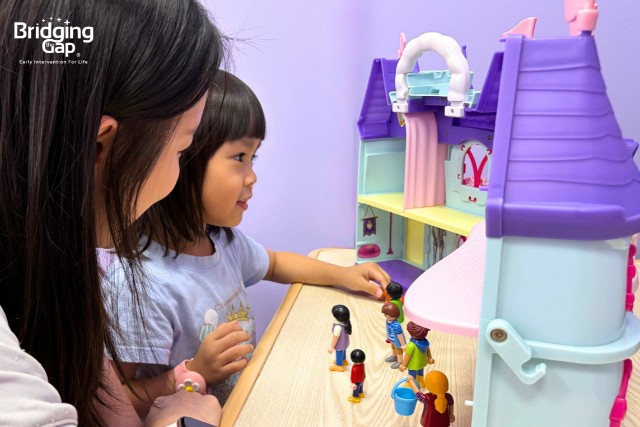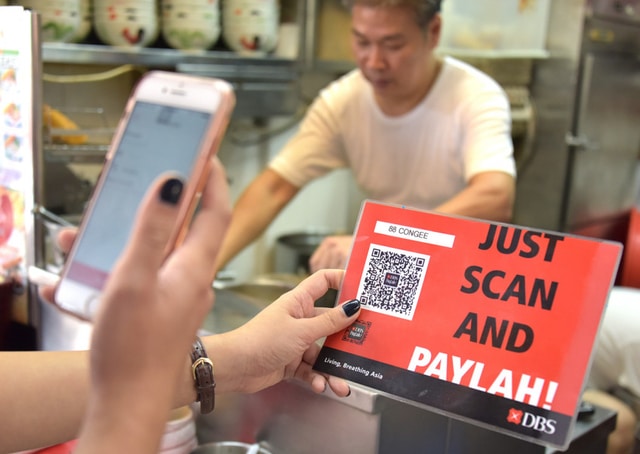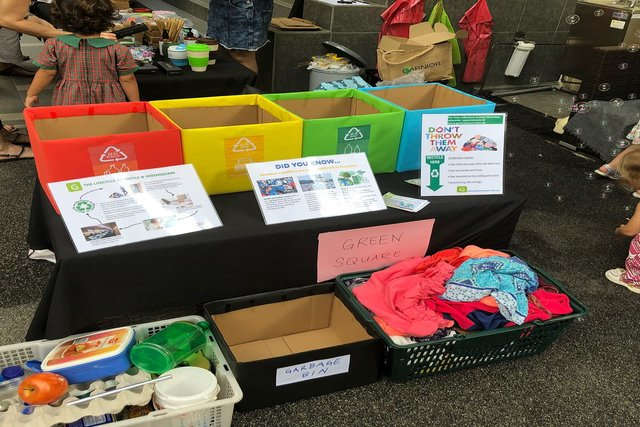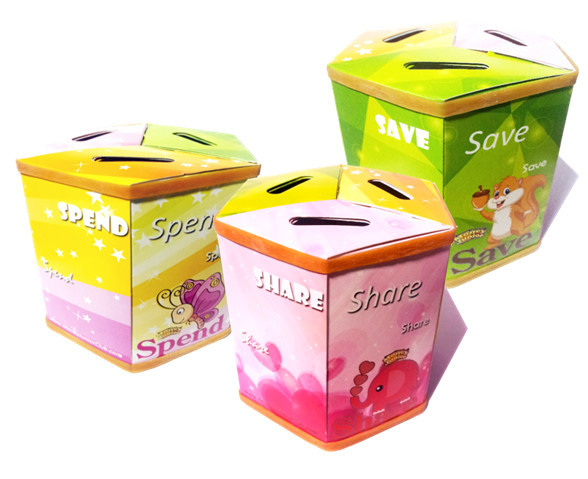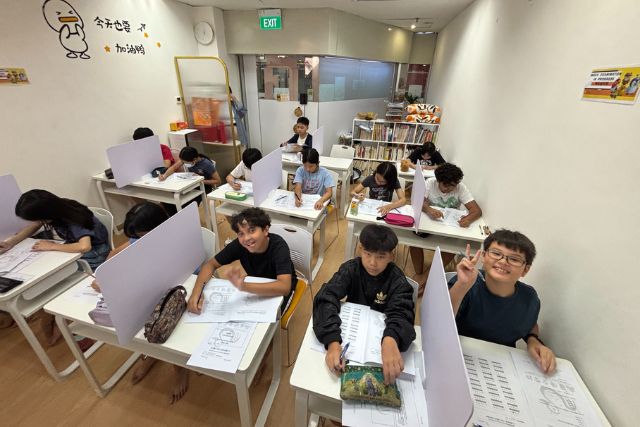Let’s Go Green this Chinese Lunar New Year by using e-angpows! The use of e-angpows helps to reduce carbon emissions from producing new notes and also saves your time on queuing for physical notes.
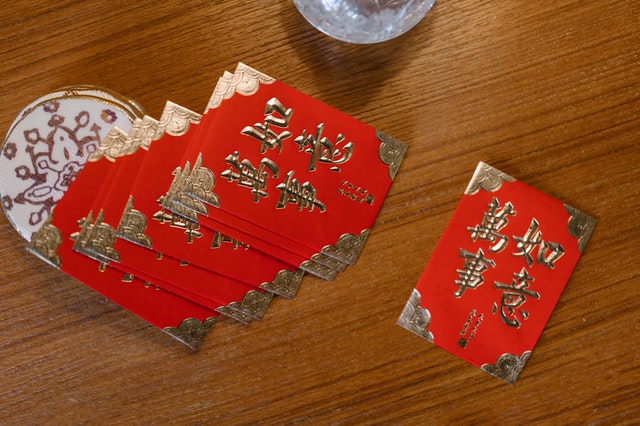
E-angpows – a concept simple enough for adults being just one of many modes of cashless payments these days. But for children? It’s not so easy to grasp the concept.
This whole notion of “invisible money” isn’t something we would have thought to teach our kids until they were old enough to handle their own cards or banking apps. However, as society catapults into the virtual sphere, we need to face the fact that financial concepts like this would need to be taught way sooner.
For all we know, cash may soon disappear completely for our children. The advent of e-angpow giving is just another instance indicating that we are very well on that path.
What is invisible money?
Invisible money refers to money that exists and is handled in the digital realm. This includes using credit or debit cards, mobile banking apps like PayLah!, EZ-Link cards and even the POSB Smart Buddy many children wear to school daily.
The worry about invisible money is that kids these days will not only lose their grasp on the value of money but their appreciation of it. This could spell disaster in the long-run if they enter adulthood without having a good habit of controlling or tracking their spending.
Why your child’s financial literacy matters
It is likely that your child will be relying on cashless technology and e-payments as they grow up. So equipping them with the right knowledge, skills and habits early in life is absolutely critical.
However, a recent survey by childhood financial education movement Money Talks with 336 parents of children aged 6 to 12 years old, reported that only 37.9% of parents in Singapore were confident in their child’s knowledge of financial matters for their age.
Swati Sodhani, Head of Content Development at MoneyTree Asia Pacific urged in the campaign’s media release, “It is important to teach kids how to manage their money at a young age, so that money doesn’t manage them when they are older. It is a life skill that is necessary to make children independent and self-sufficient. And the onus to teach our kids is on us, the parents.”
In fact, their primary school years are a great window to invest in. Here are some activities and everyday moments you can leverage this Chinese New Year to talk to your child about money!
1. Allocate money for angpows (and e-angpows) together
Walk your child through the process of withdrawing cash at an ATM and get them to help divide the money into varying amounts for different red packets. Let them see your screen when you send an e-angpow and explain how easy it is for money to depart with just one tap.

Kids are visual learners so the key here is to show it, not just tell them about it. By engaging your child in these conversations, they would be familiar with how the money leaves and enters a bank account.
➡️ Related Read: How To Use Ang Pow Money To Teach Children The Value of Money
2. Set a budget for new CNY outfits
Give your child a total budget, say $50, for new CNY clothes, shoes and accessories. This way, they’ll have to plan their money carefully and spend within their means. It isn’t all about Mum or Dad getting them everything they want, anytime they want.
And if they’re exceeding the amount budgeted? Resist the urge to swoop in and pay off the rest. Nurture a critical thinker by helping them find creative ways to earn the extra money, for example, doing chores at home! You could even go further by proposing to dock the balance over their next few allowances so that they understand the finite nature of the money they’re given.
3. Go through your credit card statement side-by-side
As we spend more time at home, set aside some of it to view your credit card statement with your child and go through some transactions that have taken place over the month. Chances are, you would have used your card to pay for at least one item during that CNY shopping trip.

This way, it’ll be easier to explain how their purchases affect the amount of hard-earned money in your bank account. Highlighting a credit card’s annual and late fees also helps them understand that using these cards comes with a price tag!
4. Take a trip to the bank together to deposit angpow earnings
If your child still receives most of their red packets physically, take this opportunity to consolidate the stash together and set aside amounts to save, spend and even share with others.
Plan a trip to the bank with your child to make a deposit and allow them to hold the money that they’ve decided to save for future use. Remember to practise social distancing while you’re at it!
Even with e-angpows, it would still benefit to make a visit to the bank at least once a year. The great thing about doing so is that you can show how deposits and withdrawals at banks work and even go on to explain how savings accounts grow their money over time.
Majority of parents here already believe in nourishing their child’s financial literacy. So, take advantage of this occasion to follow through and have crucial money conversations because even a simple chat can go a long way.
This article is contributed by Money Talks. Updated by Jun Tan.
Money Talks is a communications campaign driven by four final-year students from Nanyang Technological University to spotlight the importance of childhood financial education among parents in Singapore. Presented largely through the campaign’s digital platforms, Money Talks equips parents with children aged 6 to 12 years old with informative and expert resources grounded on the three pillars of childhood financial education: Saving, Spending and Sharing.
* * * * *
Like what you see here? Get parenting tips and stories straight to your inbox! Join our mailing list here.
Want to be heard 👂 and seen 👀 by over 100,000 parents in Singapore? We can help! Leave your contact here and we’ll be in touch.













